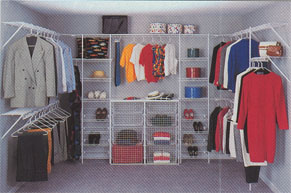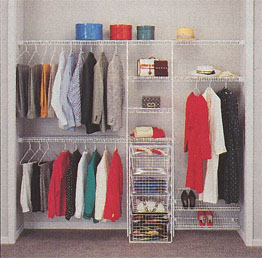Selecting the Best Safe for Fire or Theft/Burglar Protection
Seasoned burglars can really ruin your day. Especially if they locate your well hidden wall or floor safe. Forget about placing a wall safe behind a picture on a wall. I mean, really......how many times have you seen that in spy or mystery movies! You are going to have to be much more inventive than that.
Don't even try to solve this problem on your own. Ask for and obtain information from security professionals. I would talk with people in your town who sell safes. I would then talk with the crime prevention officer of your local police AND county sheriff's office. There is nothing wrong with comparing notes from 3 or more sources when it comes to home safes and the storage of important papers and valuables.
Fire and Burglars
One of my favorite sayings is "Never under estimate the strength of your opponent." I feel this is very fitting in a discussion about fire and burglar safes. If you have ever been near a full-blown house fire you know the enormous power and fury of this beast. Fire is quick to kill and devours valuable papers, jewelry, etc. with astonishing speed. And if the fire doesn't destroy your valuable items the fire's smoke or the superheated steam created by firefighting efforts will.
The heat created in the first five minutes of a growing fire is impressive. Papers and documents will be consumed so fast it will make your head spin. Don't think for a minute that papers in a metal fire cabinet are safe. They simply are incinerated inside the cabinet as the fire turns the file cabinet into a giant toaster.
Television and movie depictions of burglars are not too far from the truth. All you have to do is talk with your local police chief or top crime prevention officer. They will have countless stories about slick, professional burglars who can work with speed and efficiency.
If you think that a simple locked box or combination lock will stop them, you better wake up from your dream before it turns into a nightmare. This is especially true, if you happen to store lots of valuables in and around your home. Remember, that professional burglars will possibly case you and your home for weeks or months. They will attempt to uncover your living patterns and take advantage of them.
The point is simple. If you decide to take on fire and burglars on your own terms, you better have the absolute best protection you can afford. Before you buy, take the product brochure to your local fire and/or police officials and ask them if your selection will offer the level of protection you are seeking. Remember, these individuals see the failures in the field. They know what and what does not work.
Testing
When you start to make up your mind about what safe or storage box you will buy, you may be presented with some strange looking test numbers and letters. There are all kinds of tests that fire and burglar safes can be subjected to. Ask the company you are buying from to clearly explain the test and how difficult it is. Always ask if there are more stringent or tougher tests. If you are buying a safe that withstands the toughest attacks and/or exposure then you should be fairly comfortable.
The Juicy Information
Do you know where some of the greatest information is found about products? It is in trade publications. These are the invisible or hidden magazines that you don't find at news stands. There are literally hundreds if not thousands of these magazines. Your local library will possibly have access to them. If not, they most certainly will have an index that lists all of the titles.
Well guess what? There just happens to be one for safes! It is called Safe and Vault Technology. This particular magazine happens to be the official publication of the Safe and Vault Technicians Association. These are the people who work on safes and vaults.
These magazines often contain some fairly dry articles, but they often contain comparison studies and some great inside information. Safe and Vault Technology may be a tough trade publication to find. Its distribution may be restricted due to the sensitive subject matter.
If you have trouble locating this magazine, you might contact them at the following address. If that doesn't work, see if you can't locate past issues through your local safe sales company..
- Safe and Vault Technology
3003 Live Oak Street
Dallas, Texas 75204-6189
Related Articles: Fire and Burglar Safes, Document Storage Tips, Fire & Burglar Resistant Safes, Safe Purchasing Guidelines
Column B201



